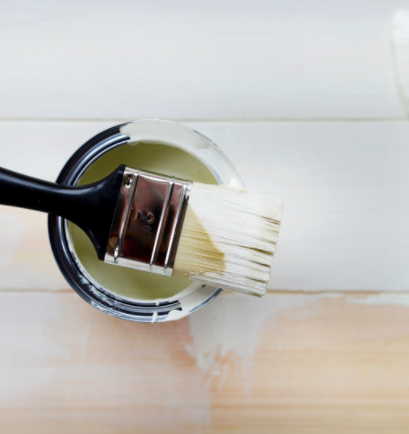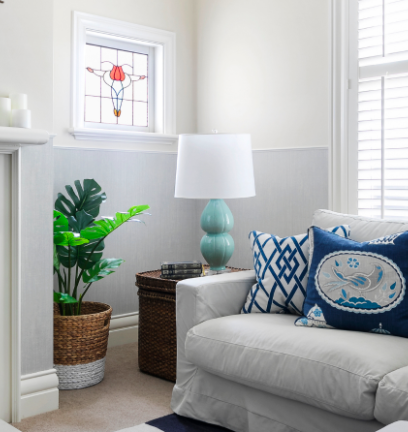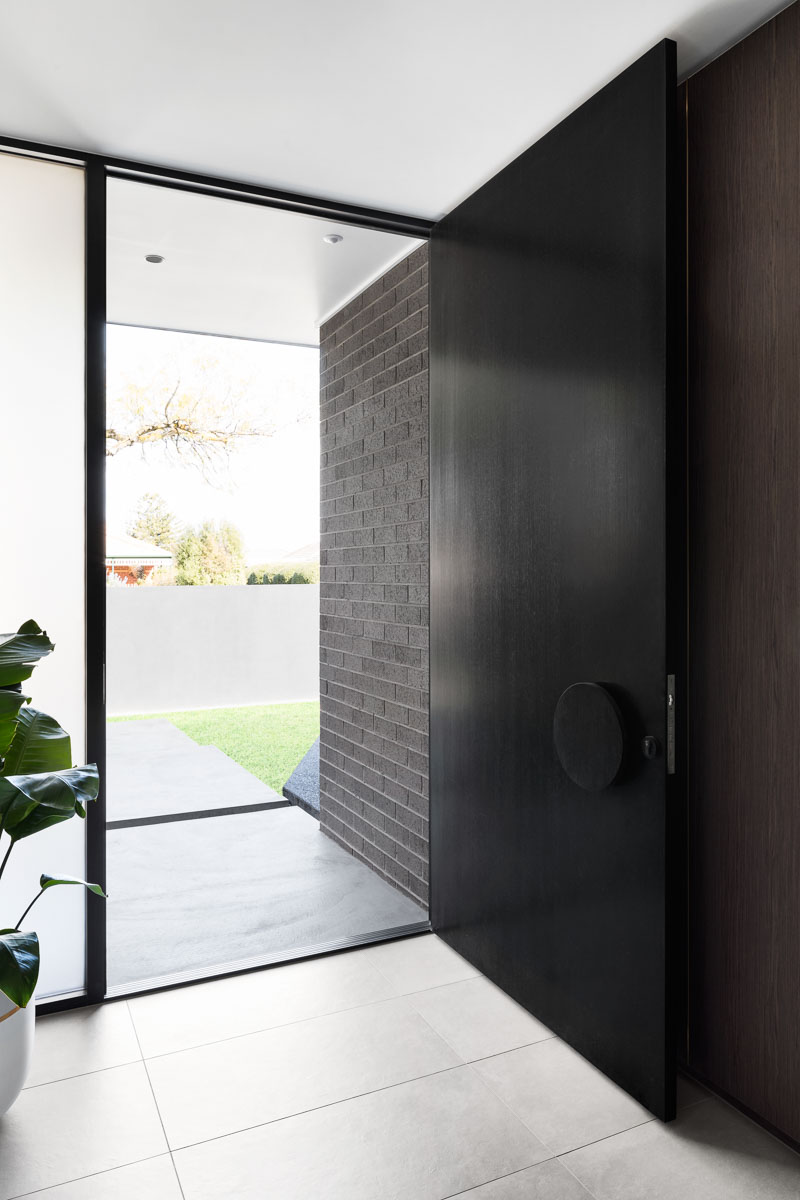With us all spending more time than usual at home, I found it concerning when I recently learned that the concentration of VOC’s (as a measure of air quality) inside our homes is consistently higher than outside (often up to 10 times higher).
After the last summer we had, with bushfires causing dangerously poor air quality outside – combined with such long periods of confinement in our homes during lockdown this year – there has never been a more important time to be thinking about air quality. This is particularly relevant for those of us who are building and renovating, because alot of the decisions we make about what building materials and furniture we use will have a long term impact on the level of VOC’s in our home. So, we want to make sure that we’re informed when making these selections.
First of all, what are VOC’s?
Volatile Organic Compounds (VOCs) are a group of carbon-based chemicals that easily evaporate at room temperature. Many common household materials and products, such as paints, furniture and cleaning products, give off VOCs in a process called off-gassing. If we can smell a product, then we are inhaling these airborne particles that have been released from the product.
What are the risks?
Whilst all smells are some form of off-gassing, there are obviously some that are more toxic than others and the health effects range from being highly toxic, to having no known health effect.
Because of the nature of these products being in our everyday home environments, we are often breathing in low levels of VOCs over prolonged periods of time. Some of the known effects of this exposure include eye, nose and throat irritation, headache, inflammation, nausea and lethargy.
Several studies suggest that exposure to VOCs may make symptoms worse in people who have asthma or are particularly sensitive to chemicals and they’re likely to have a bigger impact on babies and school-age children, whose physiological systems are still in development.
What are the biggest contributors?
A good guide is to look at the things in your home that you can smell… whilst I’m definitely one of those people that used to love the smell of a freshly painted room, I’ve learned to appreciate a newly built home that you can’t smell as soon as you walk in the door.
Some of the biggest contributors to VOC’s in your home include :
Building materials – particularly those that use adhesives, laminates, solvents and paints
Soft furnishings – upholstered furniture, window coverings and synthetic carpets and underlays
Cleaning and cosmetic products – look for artificial fragrances, solvents and aerosols
Ways to minimise your exposure…
The biggest step forward in improving the air quality in your home is having an understanding and awareness of this issue and being willing to ask your trades and suppliers for the lowest-VOC options available. Preventing these products from entering your home in the first place is one of the best strategies available.
Whilst I think it’s unrealistic for the average homeowner to achieve a completely zero-VOC home, I’ve put together a list of ways that we can look to reduce these so we can achieve the best possible air quality for our families :
Opt for low-VOC paints (these are usually water-based)
Where possible, use pre-finished products, which tend to be lower in VOC as the adhesives and finishes are applied in a controlled environment and have had time to off-gas before being installed in your home
Ask about the Oeko-Tex certification on fabrics
Use solid wood furniture instead of composite or fibre board
Incorporate vintage furniture pieces
Ensure your spaces are well ventilated during application or installation
Look for low-toxic stain repellents for upholstered furniture
Reduce the amount of chemicals being stored in the house by buying smaller quantities and only store what’s needed
Switch to low VOC cleaning and personal care alternatives where possible
I know that there are ALOT of decisions to make when building and renovating and the sheer number of decisions that need to be made, and considered can feel overwhelming! But, I definitely feel like this information can help guide some of those decisions so that you are able to make more informed choices about what comes into your new space.

Should I be using Oil-based or Water-based paint?
I’ve tried and tested lots of different paints over the years and I know how confusing it can be to find yourself in the middle of the paint aisle at Bunnings trying to figure it all out.

How to choose the right white paint
Picking white paint for your home seems like one of the easiest things that you can do. Until you have to do it… and you realize that there are thousand’s of options and they all start to look the same.
Talk soon, Amanda x

[…] What are VOC’s and why are they important? […]